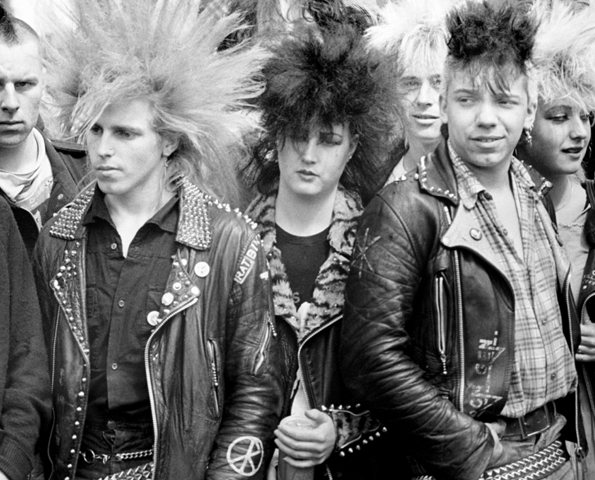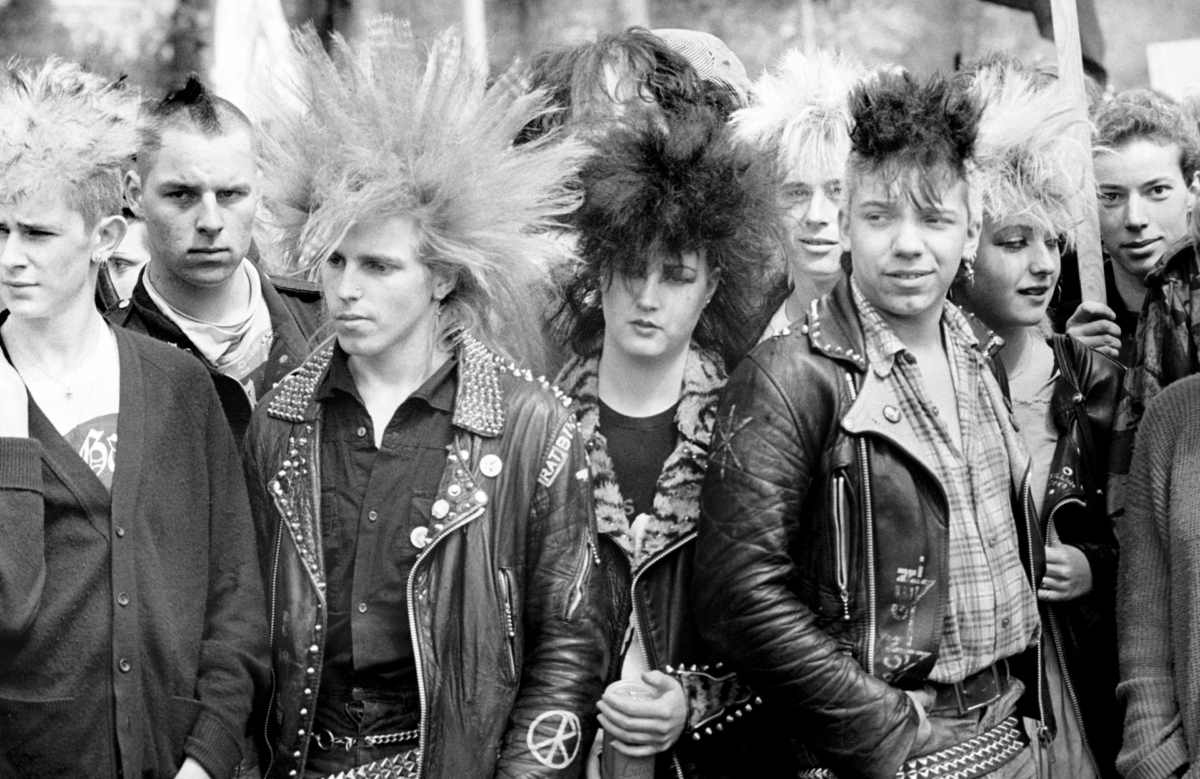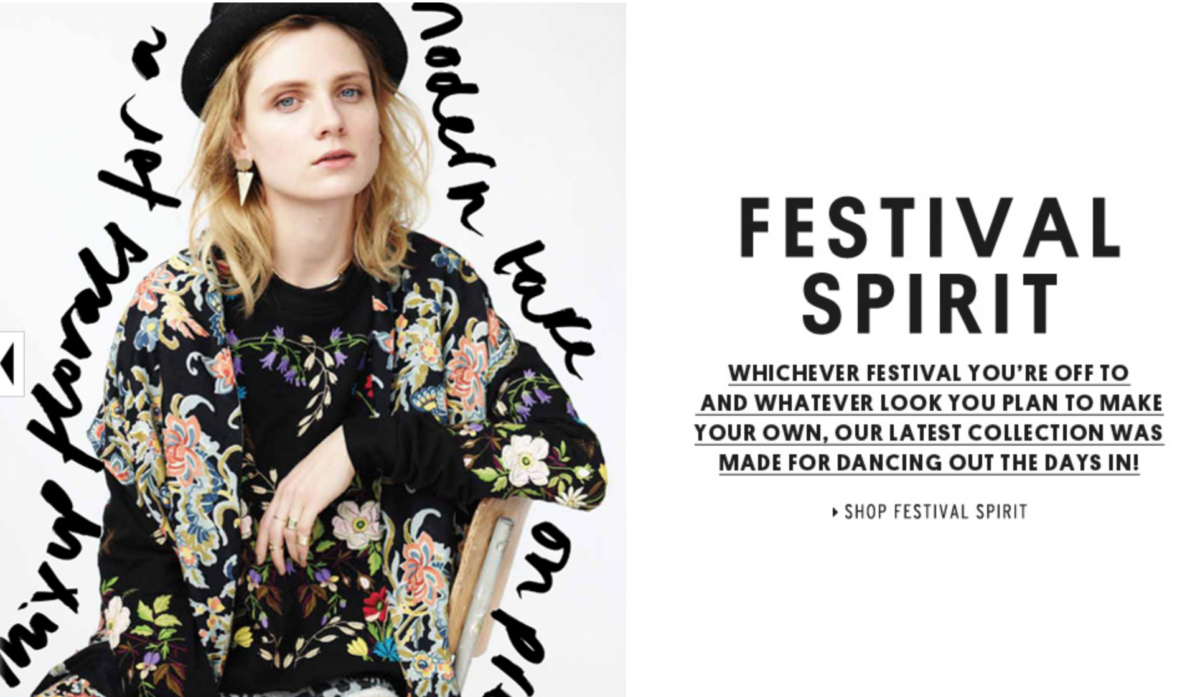Once upon a time style and style tribes ruled much of how we perceive modern consumer society. Take social theorist Pierre Bourdieu for whom notions surrounding style and taste influenced certain socio-economic classes to purchase or aspire to purchase certain products because of the cultural currency they provided. Or, consider British sociologist Dick Hebdige, who explored how Teddy Boys, Mods, Rockers and Punks turned to fashion, style and makeup as a means of resistance and self-expression. From Foucault to Baudrillard, style has often been used as a lens with which to observe the role of consumer products in creating communities, social affiliations and power structures. The result? It has also become accepted that post-modern consumers don’t simply lean on style as a stamp of conspicuous consumption, they use it as a way to distinguish themselves.
No wonder then that style became a way for marketers to legitimize products and services. By appealing to style tribes and imagined communities of consumers, brands have habitually applied an array of visual and narrative techniques to create brand myths, or what can also be described as physical or mental places for style tribes to feel part of a community. Writer Naomi Klein has recently described this brand-created sense of community as a circle of belonging. You could also think of it as a type of style bubble that existed long before we started thinking about social media bubbles and their implications.
All that being said however, generation-led habits are beginning to drastically reformulate the longstanding style-tribe-meets-brand-community equation. Because, while other generations of consumers easily ascribed to style tribes, today’s millennial and gen Z consumers are proving much more fluid in their allegiances. Consider it consumer codeswitching. Just like we all change the way we communicate depending on who we are talking to or where we are, consumers today are showing themselves to be much more spontaneous in their buying choices.
Forget set-in-stone style allegiance, today the desire to pick and choose from an array of fully curated styles has gained a lot of traction. It’s perhaps one of the reasons why brands see success in offering immersive event- and theme-focused pop-up shops. Think: fashion brands like Topshop offering festival fashion pop-ups. Pick and mix lifestyle experiences have become the order of the day. And, instead of distinct communities of consumers seeking out the products that fit with their lifestyle, it has become imperative for brands to demonstrate that they can offer consumers fully curated, semi-escapist style experiences. Put it down to our social media-connected, information-saturated lives whereby we are constantly bombarded with news stories, brand narratives and advertising messages. Consumers now want to trust several specific sources in pre-sorting what they read and what they consume so they can simply get on with enjoying life.
So how has all this impacted brand communication and what lessons can be learned? For one thing, our modern hunger for curation has revived the fortune of the humble newsletter. Mainstay of the early noughties marketing campaign, pronounced dead after the advent of social media advertising and now hailed as the great consumer communications comeback kid, the newsletter offers consumers with what is seen as a trustworthy filter for information, news stories or product picks – all sent direct to an email inbox. And herein lies the lesson and the useful paradigm shift. Whereas the brands once bestowed consumers with a sense of community via style tribes and belonging, in today’s social network-saturated world, community is less about invoking top-down brand power and more about creating collaboration and making consumers feel heard. Yes, consumers treat style as an experience that can be adopted, dropped and readopted, but that actually doesn’t make them entirely fickle.
Today’s consumers want real interaction with brands and others in the brand community. Moreover, they want content with real meaning. Airbnb has put this attitude to use well by leaning on user-created content. Elsewhere, newsletter providers of all stripes (especially lifestyle brands and bloggers) are staging in-person events for their subscribers so that they can galvanize a sense of community and put a face to the brand and its followers. And given that according to San Francisco’s Sustainable Brands, 76% of US consumers believe that living the good life involves having meaningful engagement with their families and communities, in the future it will be brands that enable consumers in this quest who will find success. So, while it is important for today’s branded content to feature concise, filtered and neatly curated messaging, it is also very important for consumers to feel a sense of community and have the opportunity to experience events that bring value to all those regular email missives.
Which leads me back to the idea of bubbles, because what this entire swing towards brand engagement via community interaction really suggests is a greater blurring between IRL physical and digital spaces. Just as we have seen Amazon reach out into bricks and mortar stores (and now purchase Whole Foods), brands need to look at how they can seamlessly occupy and unite both digital and physical spheres rather than simply displaying that they own or operate in one walled-off space or the other. Just as we as consumers live simultaneously online and off posting our movements, tracking our sleep or activity on our devices, we now expect products and services to be integrated in the same way, offering a very human touch alongside a digital experience. It is only then that consumers will really stick around instead of dipping in and out of several different communities depending on their mood or interest.



